
Juniper and Coriander. Cinnamon and Ginger. Citrus in a myriad of forms. Who would think that such luscious flavors could inspire such divisiveness?
And yet, gin, the botanical beauty that uses these, among other, ingredients, to create its bouquet and flavor, has done just that. People either love or hate gin. The haters will often go so far as to say that gin tastes like Pine-Sol or Christmas trees. Yet, this “pine-y” spirit is responsible for many of the world’s most iconic cocktails, including the Gin & Tonic and the Gimlet, the Negroni and the Ramos Gin Fizz. And, of course, the Martini. Indeed, a classic bar – professional or at home – simply isn’t a bar without gin.
To be fair, gin didn’t start out as the sophisticated spirit it is now. In fact, during the 18th century Gin Craze in London, the spirit that passed for “gin” was more akin to moonshine. Lower class Londoners were chugging roughly two cups per day and, very often, dying from it. Question: Why would they subject themselves to such rotgut booze? Answer: To be like their King, William of Orange. When Willy married Mary, he journeyed from his home of Holland, bringing his country’s national spirit, genever, with him. While juniper-flavored genever is gin’s cousin, genever is not gin. It is, in fact, a distinctive spirits category of its own, the old-style version resembling whiskey more than gin.

Garnishing a Gin Cocktail
Eventually, after several falling-down-drunk decades, the Gin Craze ended and gentlemen distillers with familiar names like Burrough, Tanqueray, and Gordon, set about elevating gin to its current stature. What these enterprising fellows put in motion back then is today a thriving market for the spirit that goes far beyond the original “dry” style. The gins outside the latter juniper-forward style gained the monikers “New Western” or “International” style; basically the new distillers have collectively said, rules be damned, we will flavor, age, and tinker with our gins any way we see fit. Now there are floral gins, spicy gins, locavore gins, and seasonal gins. There are blue gins colored with butterfly pea flower and pink gins using essences of raspberry and strawberry. And there is even a resurgence in genever, which until recently was available in few places beyond Holland and Belgium.

Gin Cocktail with Botanicals
Gin and genever featured prominently in cocktails of the late 19th century thanks to bartenders like Jerry Thomas; in later decades, gin took on a party personality with the 1950s martini-swigging Rat Pack and then came back into vogue with nostalgic 1980s swing culture. The 21st century cocktail culture renaissance generated a hunger for innovation; the world of boutique spirits has become bigger than ever and gin continues to push boundaries in this realm. Moreover, many modern gins qualify as luxury spirits, meant for elevated cocktails and even for sipping like whiskey.
Below is a brief selection of premium gins worth seeking out. (For expanded coverage, see the “Luxury Gins” story in the December 2020 – January 20121 issue of Chilled.)
Beefeater Burrough’s Reserve Oak Rested Gin
The Style: London Dry, barrel-aged, sipping
The Botanicals: The core botanicals of dry gin include juniper, lemon peel, Seville orange peel, almond, angelica root, coriander seed, angelica seed, orris root, licorice.
Price: $80
BeefEaterGin.com
The Botanist Islay Dry Gin
The Style: Dry, local/terroir-based
The Botanicals: Local, foraged herbs and flowers include apple mint, chamomile, creeping thistle, downy birch, elder, gorse (whin), hawthorn, heather, juniper, lady’s bedstraw, lemon balm, meadowsweet, mugwort, red clover, spearmint, sweet cicely, bog myrtle (sweet gale), tansy, water mint, white clover, wild thyme, wood sage.
Price: $40
TheBotanist.com
Brockman’s Premium Gin
The Style: Dry, floral, sipping
The Botanicals: Standard dry gin botanicals include juniper, licorice, lemon peel, coriander, angelica, orange peel, orris, and cassia bark share billing with the less conventional blueberries and almonds.
Price: $35
BrockmansGin.com
By the Dutch Old Genever
The Style: Oude style using a malt-wine base to create a deeper, whiskey-like character
The Botanicals: Old school botanicals include juniper berries, coriander seeds, lemon peel, star anise, licorice, hops, cloves, orange peel.
Price: $53
ByTheDutch.com
Four Pillars Bloody Shiraz Gin
The Style: Sloe gin liqueur, local
The Botanicals: Classic gin botanicals are juniper, angelica, cardamom, star anise, cassia, green Szechuan, cubeb, turmeric, grains of paradise, gyokuro, red Szechuan, red pine; local ingredients from Australia, New Zealand, and Tasmania include orange, lemon myrtle, quandong, macadamia nut, desert lime, finger limes, ginger, grapefruit, lavender, pepperberry, and coriander.
Price: $45
FourPillarsGin.com
Hendrick’s Gin Orbium
The Style: International, less juniper-forward
The Botanicals: Cucumber and Bulgarian rose create Hendrick’s unique calling card. These top notes marry with juniper, coriander seeds, orris root, angelica root, elderflower, cubeb berries, chamomile, orange peel, lemon peel, yarrow, and caraway seed.
Price: $45
HendricksGin.com
Monkey 47 Schwarzwald Dry Gin, Distillers Cut
The Style: International, aged
The Botanicals: The number of botanicals – too many to name – is in the name. The 2020 Distiller’s Cut employs aging in Mizunara barrels;past bottling have focused on botanicals like nutmeg, honey from the Black Forest, and the alpine herb musk yarrow.
Price: $40
Monkey47.com
Nolet’s Reserve
The Style: International, sipping
The Botanicals: The recipe for Nolet’s Silver gin, their basic bottling, offers employs traditional dry gin botanicals, but bring a sweeter brightness with raspberry, peach, and rose. To these are added saffron and verbena.
Price: $800
NoletsGin.com
Other Gins Worth Seeking Out:
Cadenhead’s Old Raj Blue Label Gin
An overproof (55% ABV) style, the Blue Label has been around since 1972, but its flavor bomb, juniper character make worthy of inclusion. Saffron is added after distillation.
Price: $50
CadenHead.scot
Grace O’Malley Heather-Infused Irish Gin
This Irish locavore style offers pronounced floral notes due to indigenous botanicals including heather, wild thyme, red clover, blackthorn, bilberry, and rock samphire.
Price: $45
GraceOmalleyWhiskey.com
Nikka Coffey Gin
While the Japanese are better known for their whisky, they use the same meticulous techniques when producong gin. Uniquely Japanese ingredients include four kinds of Japanese citrus – Yuzu, Amanatsu, Shequasar, and Kabosu, as well as Sansho pepper and local apple juice.
Price:$45
Nikka.com
Silent Pool Intricately Realised Gin
Slightly floral, but still a dry gin. Traditonal botanicals belnd with unorthodox ones, including ose petals, kaffir lime leaves, dried pears, and elderflower.
Price: $50
SilentPoolDistillers.com
The post 8 LUXURY GINS AT EVERY PRICE POINT appeared first on Chilled Magazine.
Source: Mixology News




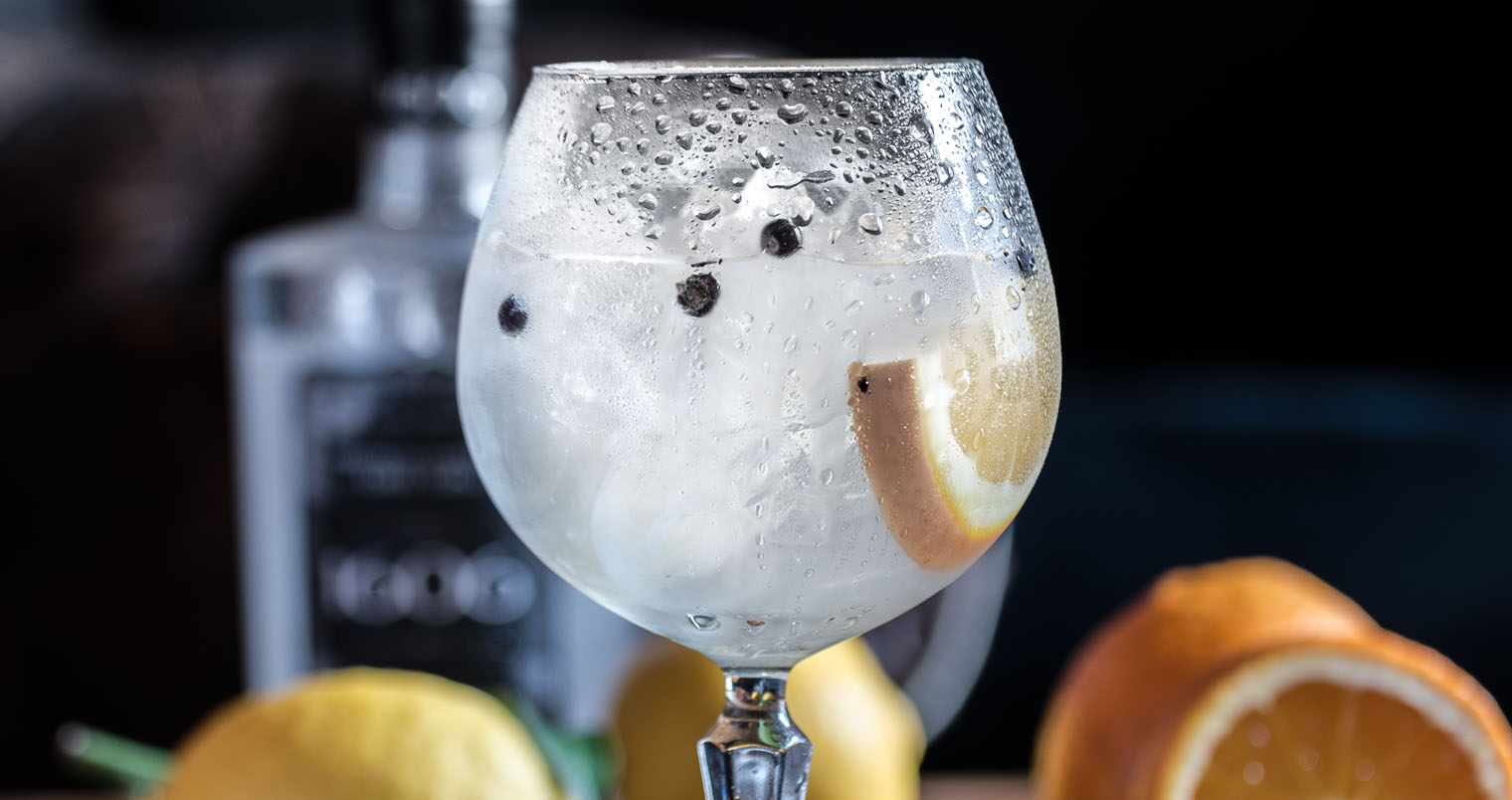



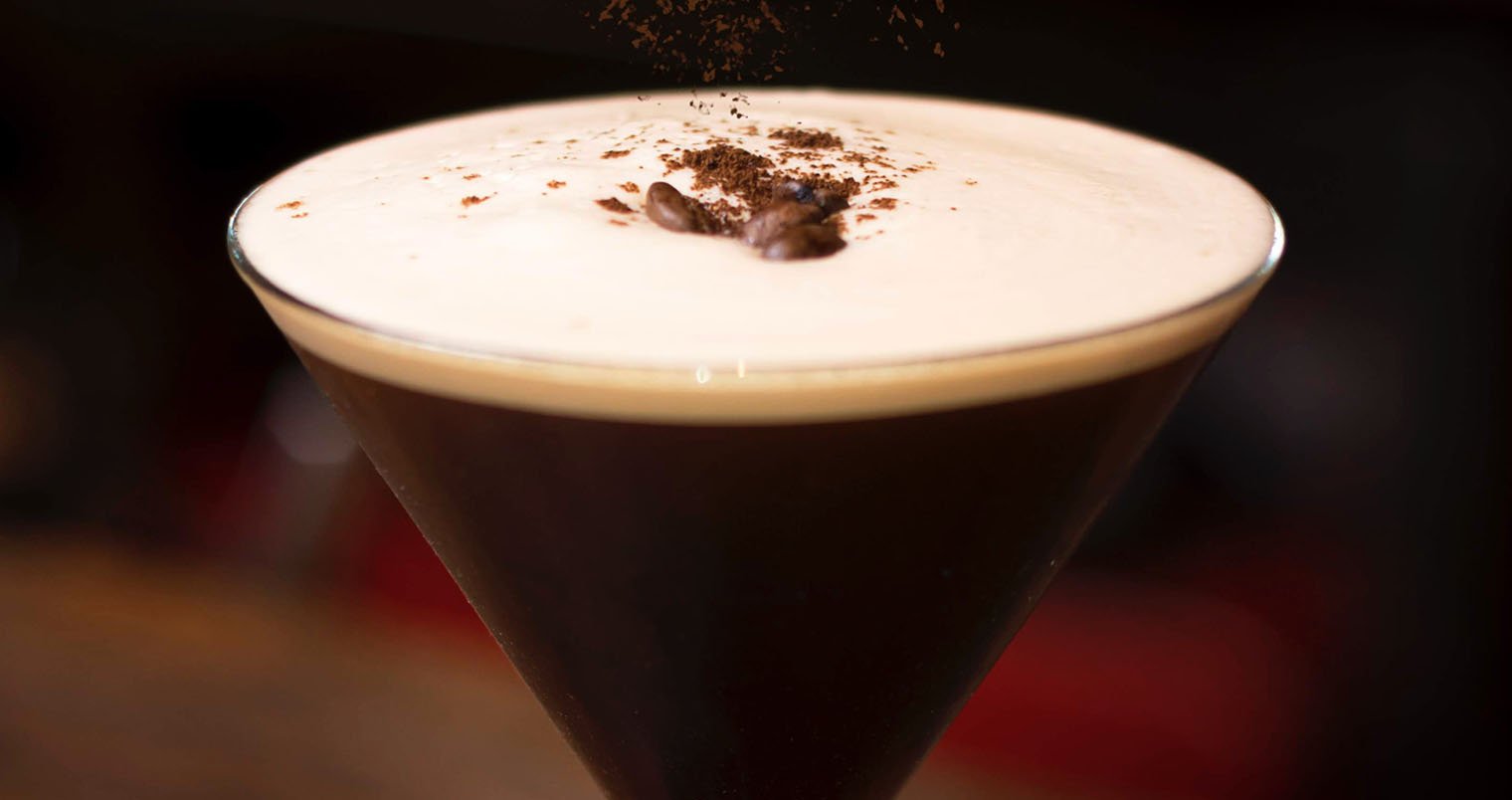


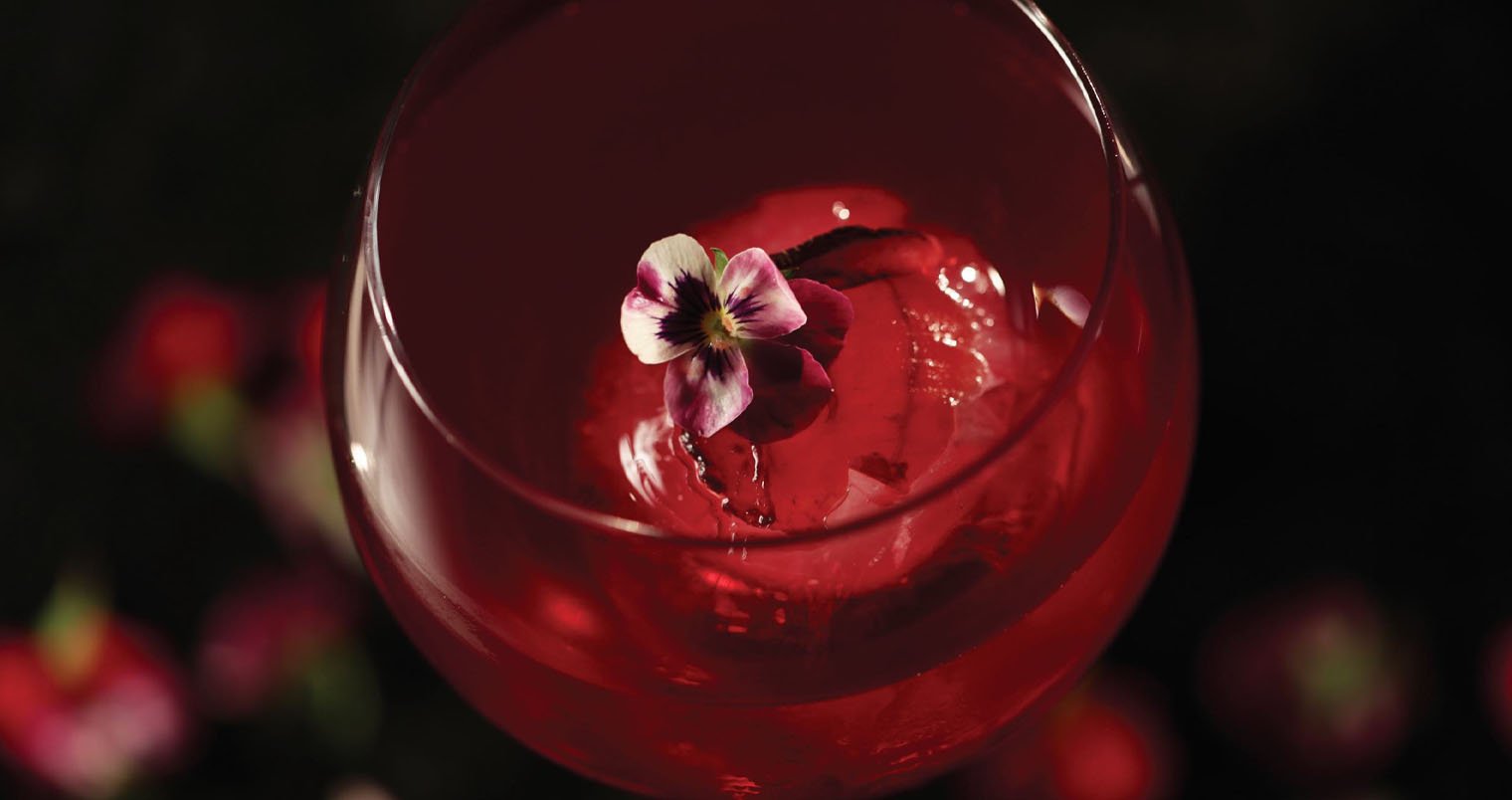



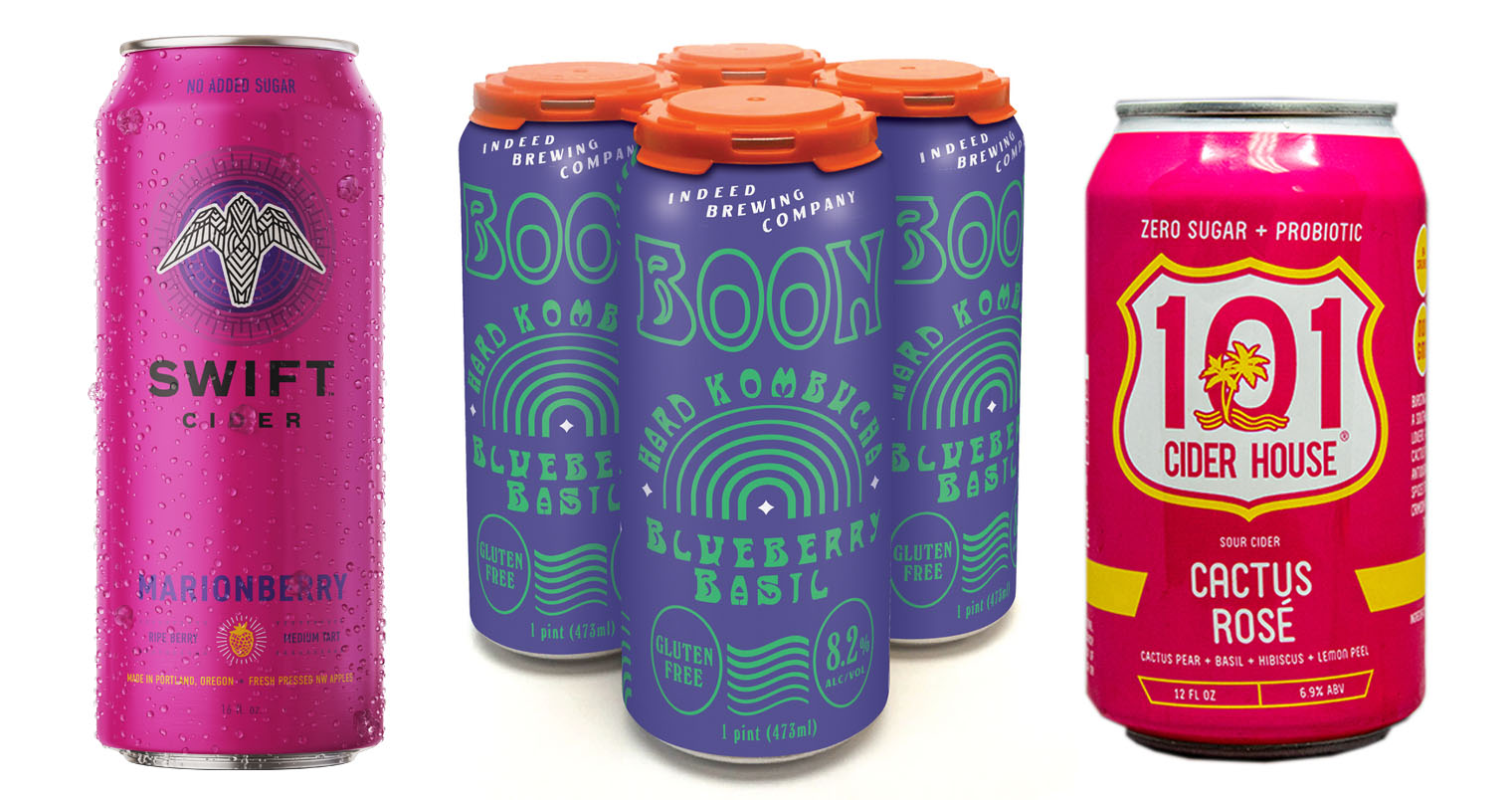






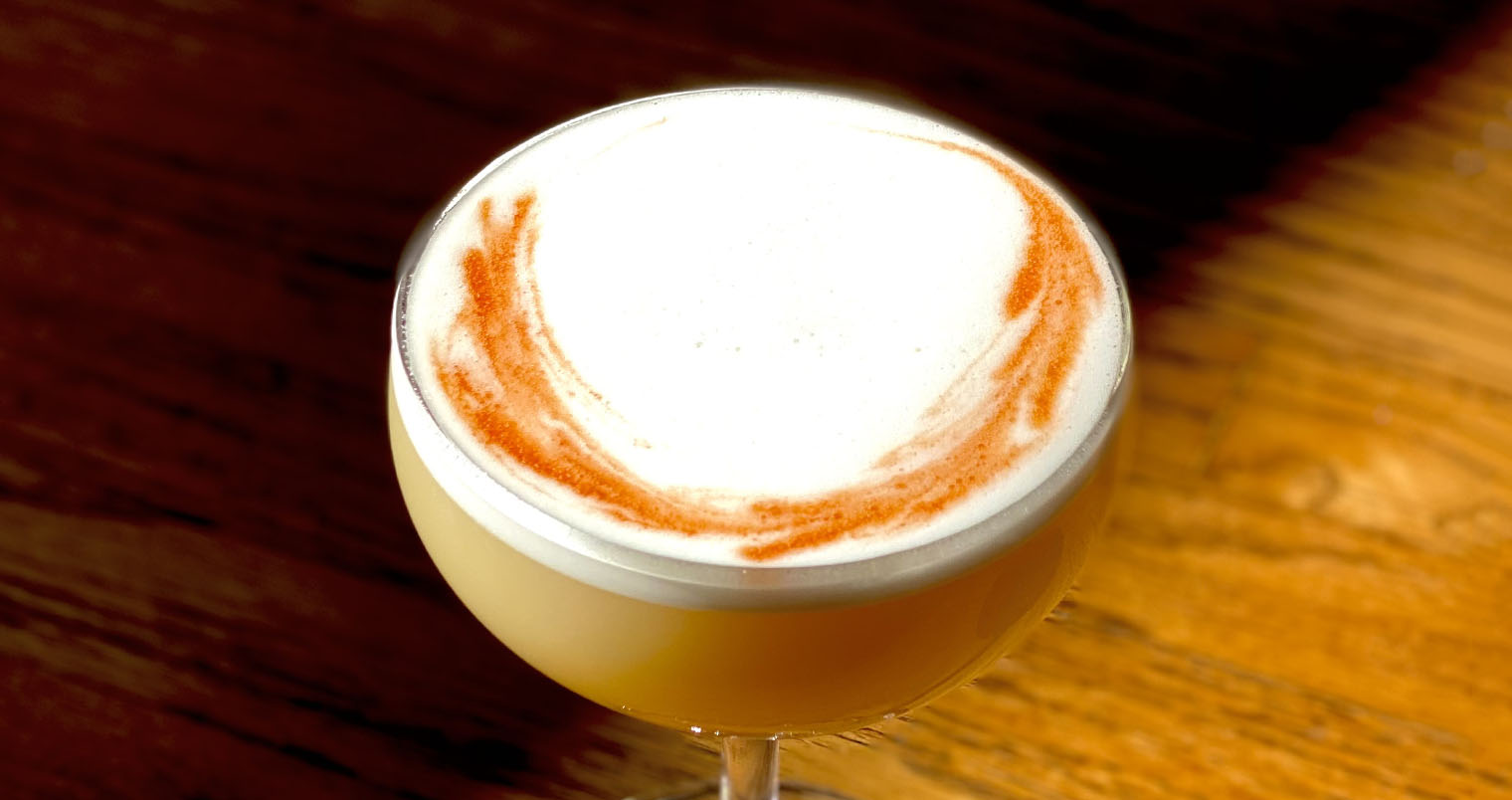


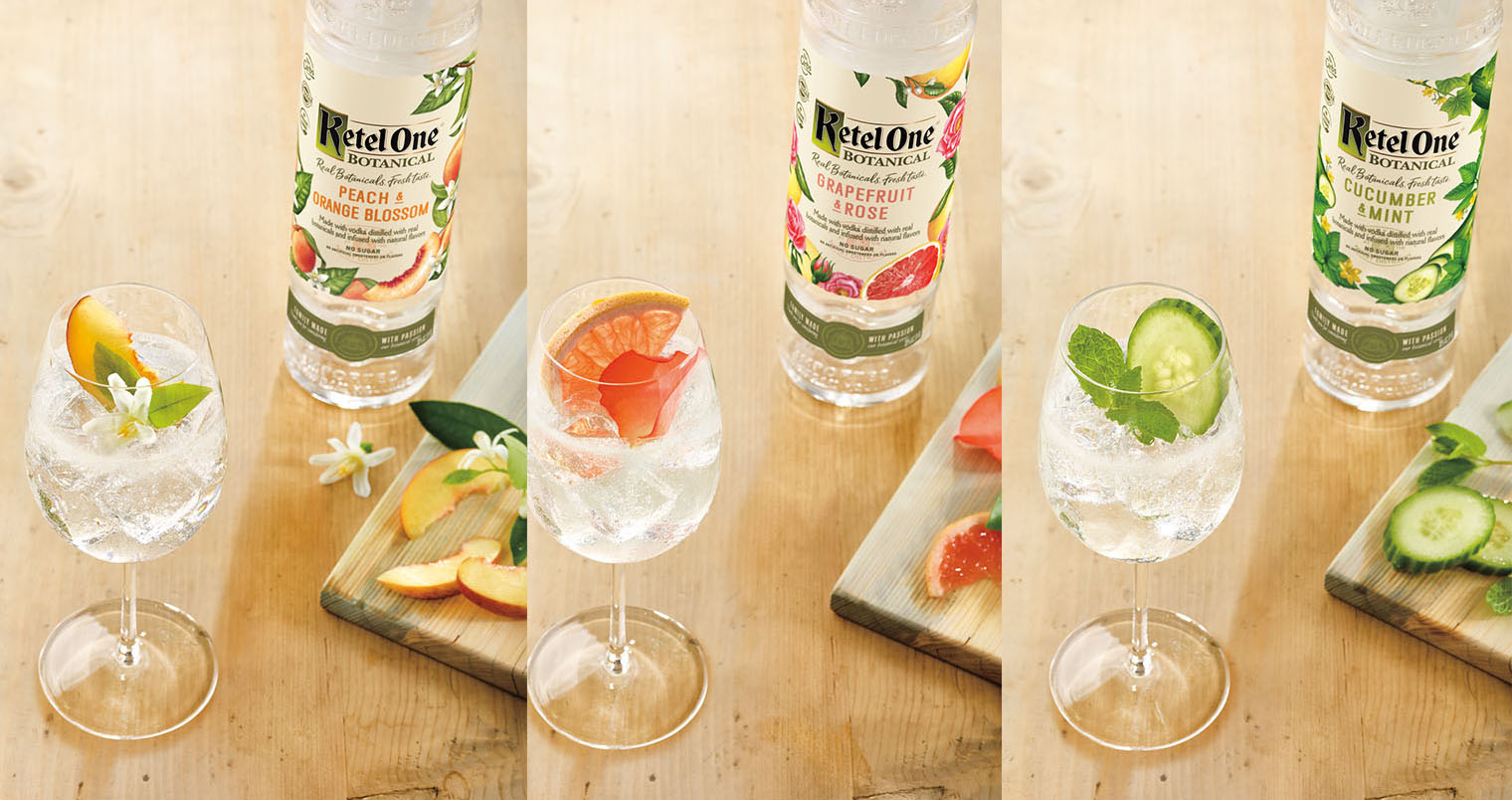






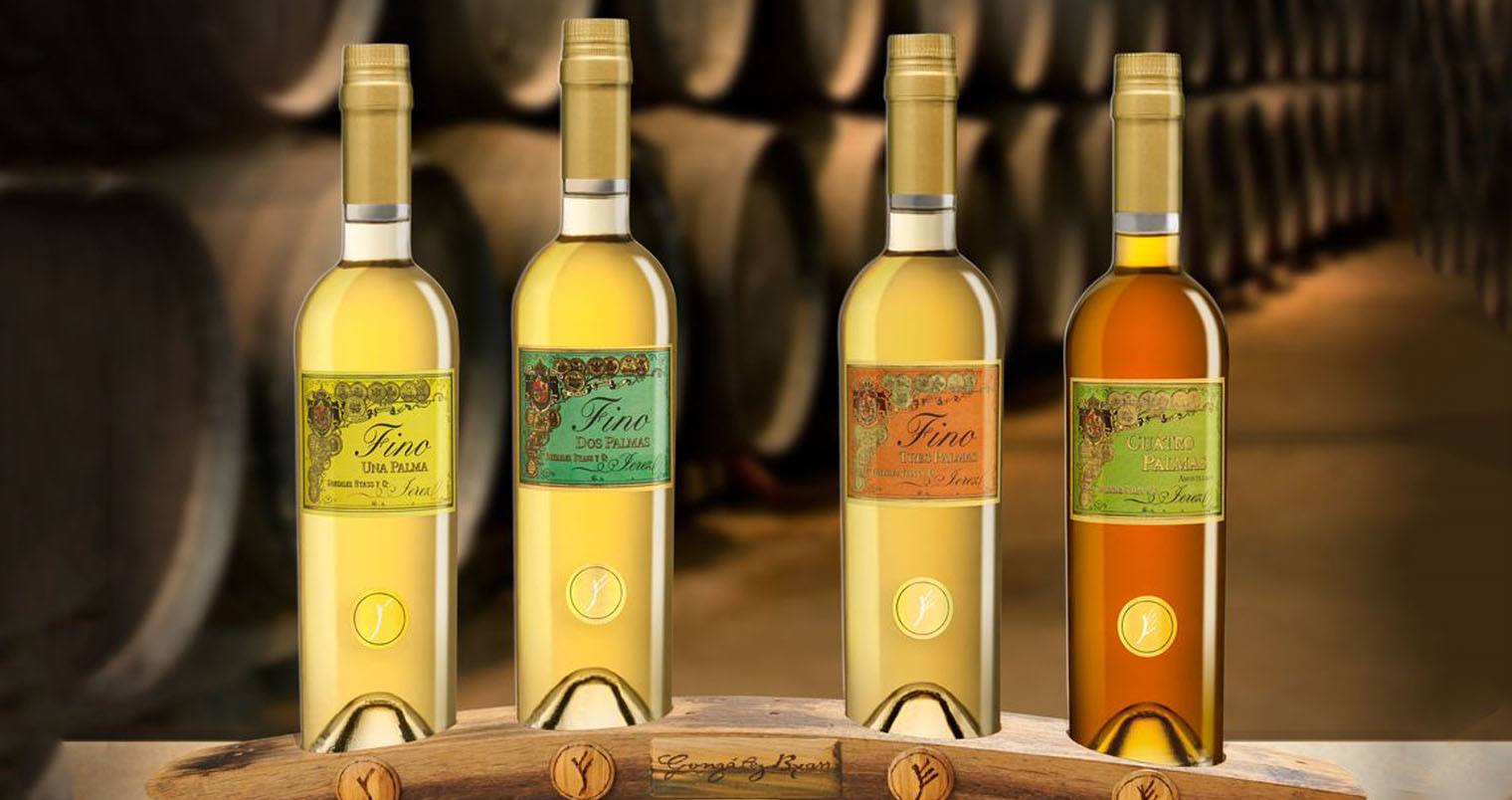



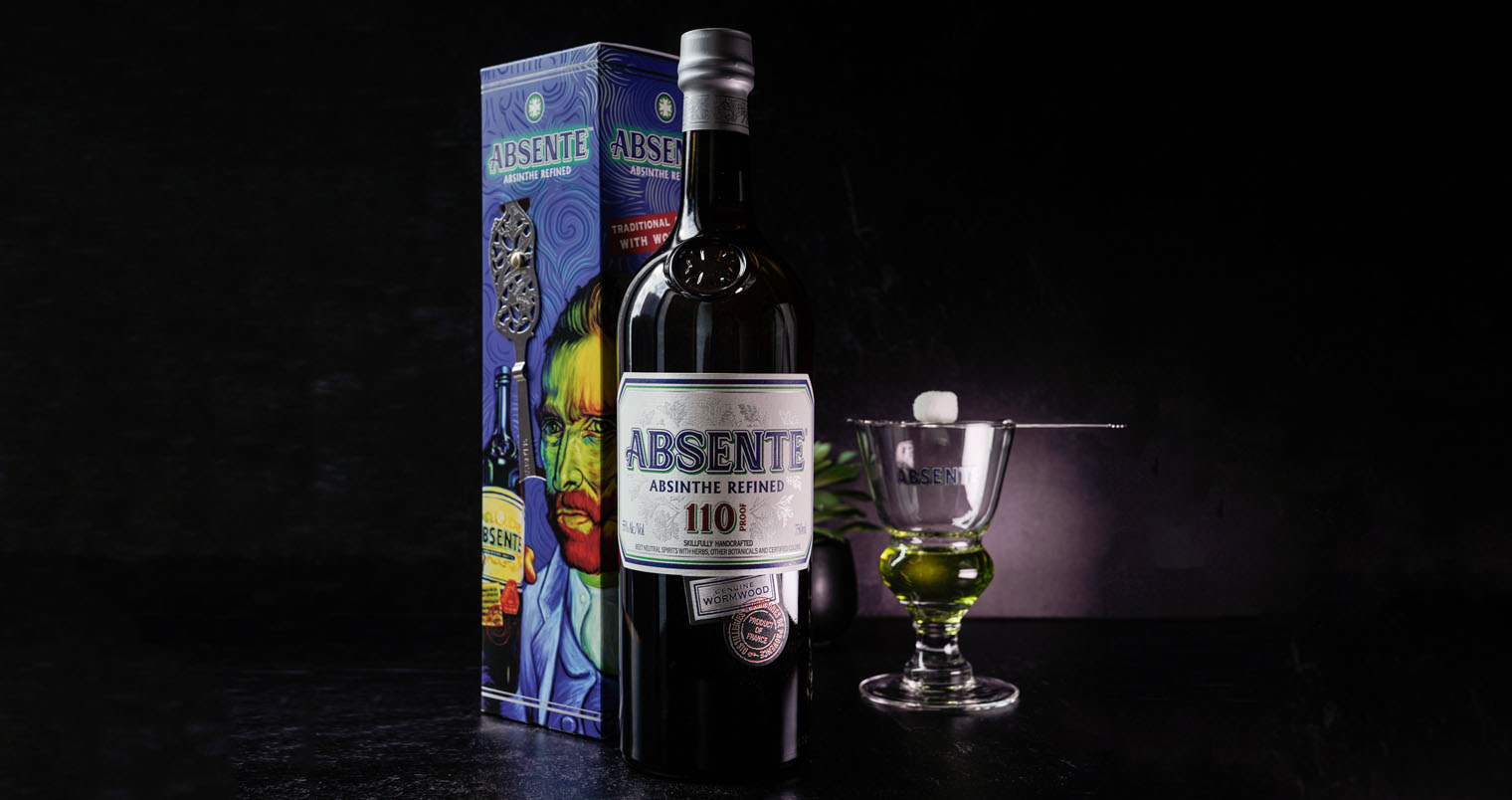




Recent Comments